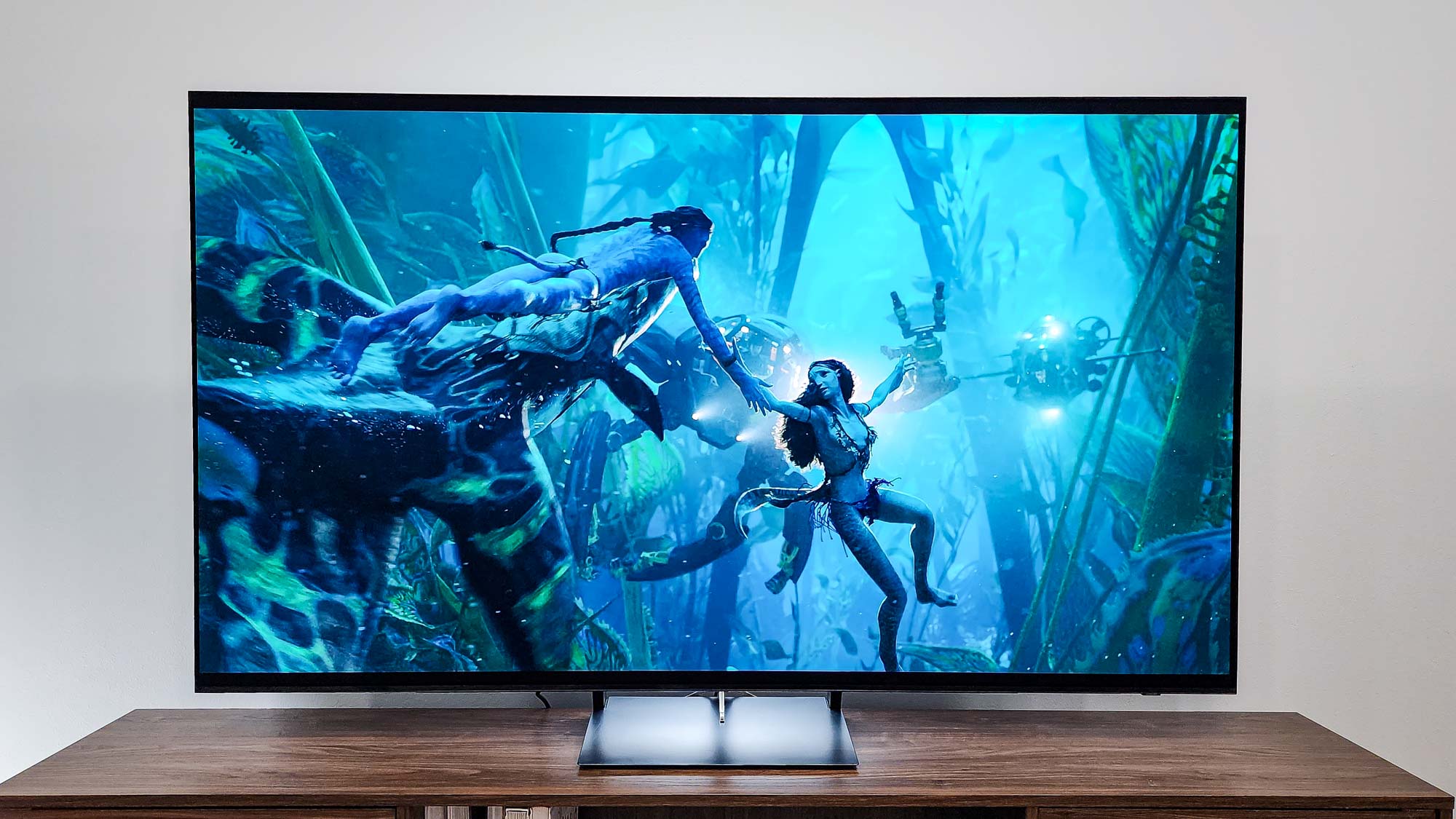
When it comes to spatial audio, Dolby Atmos is the name most folks think of first and is available on many of the best soundbars. However, it’s not the only game in town — and more competition is already on the way.
The latest competitor to throw its hat in the ring is the Immersive Audio Model and Formats (IAMF) that have been in development since 2020 by Samsung and Google, and was announced earlier this month in a blog post on the Samsung Newsroom.
The key differences between Atmos and IAMF is that the latter will be designed specifically for a TV’s built-in speakers rather than separate upfiring speakers, and the software will be open-source instead of controlled by a single company.
So why is it making headlines now? IAMF was officially adopted by the Alliance for Open Media back in October 2023, which means Samsung could start rolling it out in the next few years.
IAMF vs Dolby Atmos: what’s the difference?
While the main differences involve who owns and licenses the format and the sort of hardware the format will work with, IAMF also adds an AI component that can “analyze scenes and emphasize certain aspects of the content."
“In TV and film, there are certain scenes where the soundtrack or background music is the main focus,” says WooHyun Nam, a member of the Visual Technology Team at Samsung Research. “IAMF will balance the sound in these instances. Similarly, the technology will fine-tune audio when there is character dialogue to allow the listener to focus on the conversation.”
So not only will there be a vertical component to the sound that will envelop you the same way Dolby Atmos does, but IAMF also can change volume levels on the fly to match what's happening in the scene.
Moreover, because IAMF is designed to work on smaller speakers with less power, Nam says that it'd be possible to bring IAMF to Samsung's future phones as well.
“I want to create a more advanced 3D audio technology that makes users feel like they are truly in the scene of a movie, TV show or live event,” he said. “I also hope to continue this research until 3D audio is applied to Samsung’s smartphones.”
Why make an alternative to Dolby Atmos?
As you might expect, it all comes down to money.
If you’re a hardware maker and you want to use Dolby Atmos and/or Dolby’s proprietary HDR format Dolby Vision, you have to pay Dolby to use it.
Those costs add up overtime, which is why (among other reasons) Samsung has been reluctant to bring Dolby Vision to Samsung TVs. HDR10+, another open-source AV format, has been Samsung’s go-to HDR format for that reason.
Without having heard IAMF in-person, there’s no way of telling if it stands up to Dolby Atmos at this point — but I’ll be excited to stack them side-by-side when Samsung includes the technology in its TVs sometime down the road.







